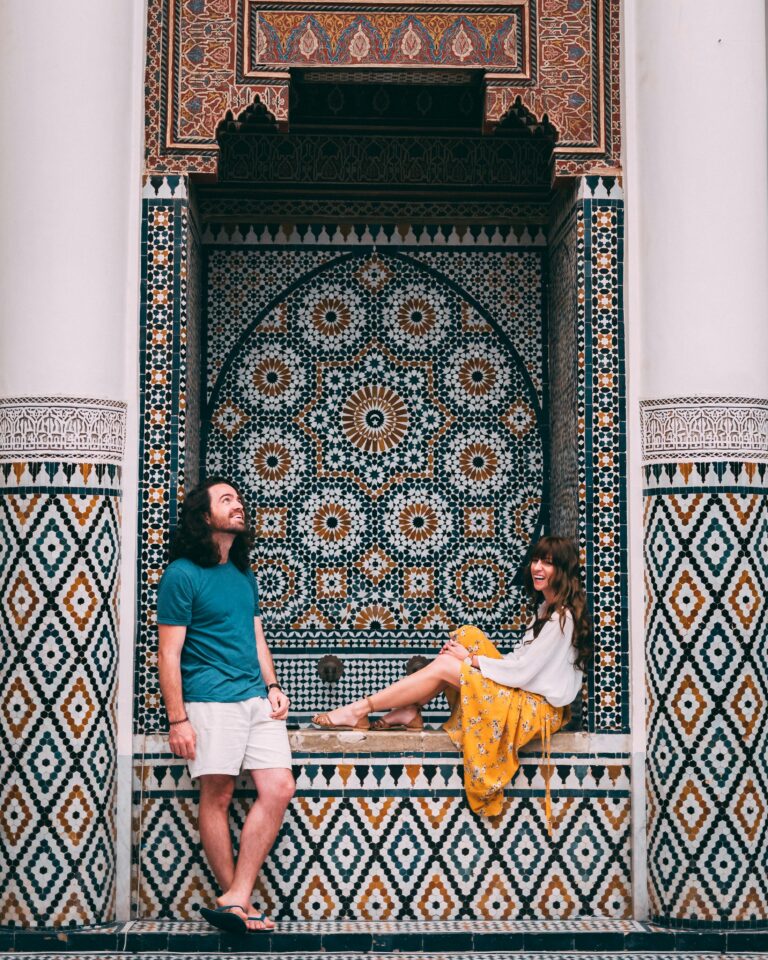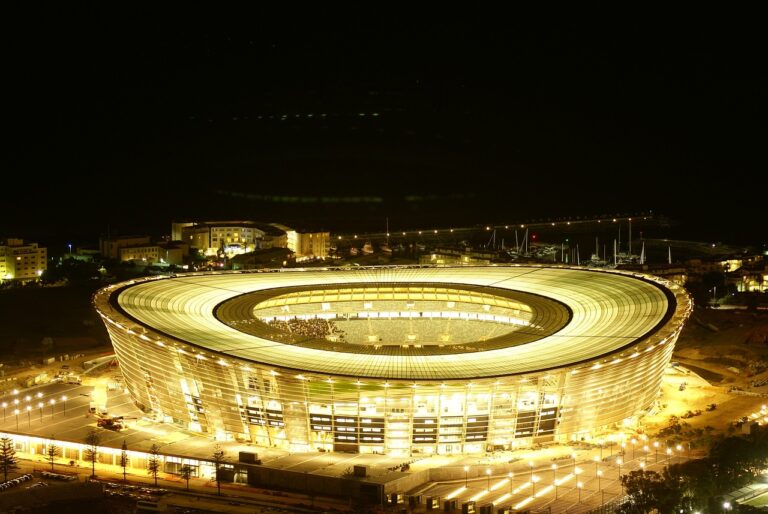Challenges and the Future of Tourism in Dakhla, Morocco
Dakhla, a stunningly beautiful town located on the southwestern coast of Morocco, is often referred to as a hidden gem in the realm of tourism. Known for its picturesque landscapes, pristine beaches, and a vibrant culture, Dakhla has emerged as a popular destination among adventure seekers, water sports enthusiasts, and eco-tourists. However, like many emerging tourist hotspots, Dakhla faces a unique set of challenges that need to be addressed to ensure sustainable growth in the tourism sector.
Current State of Tourism in Dakhla
Dakhla’s tourism industry has witnessed a substantial rise in recent years. The region’s natural wonders, including the Dakhla Lagoon, the Sahara Desert, and unique wildlife, have attracted visitors from across the globe. Activities available to tourists include kite surfing, windsurfing, fishing, bird watching, and cultural experiences that highlight the rich heritage of the Sahrawi people. The local economy has benefited significantly from the influx of tourists, leading to job creation and investment opportunities.
Nevertheless, with the opportunities that arise from tourism come several challenges that must be navigated with care.
Key Challenges Facing Dakhla’s Tourism Sector
1. Infrastructure Development
One of the primary challenges facing Dakhla is the need for improved infrastructure. As tourism continues to grow, the existing roads, airports, and public transportation systems need upgrades to accommodate increased visitor numbers. The town’s airport, while functional, requires enhancements to manage larger aircraft and provide a wider range of direct international flights. Improved accessibility will be crucial for enhancing visitor experience and encouraging longer stays.
2. Environmental Sustainability
With its breathtaking landscapes and rich biodiversity, Dakhla is vulnerable to environmental degradation. Increased tourism activities pose risks to the delicate balance of ecosystems, particularly in areas such as the Dakhla Lagoon, which is home to various species of birds and marine life. Ensuring that tourism is sustainable and does not negatively impact the environment is imperative. This requires implementing responsible tourism practices, raising awareness among visitors and locals, and encouraging eco-friendly initiatives.
3. Cultural Preservation
As tourism flourishes, the authenticity of Dakhla’s cultural heritage may be under threat. Visitors are often more interested in experiencing local traditions, festivals, and customs, but the commercialization of culture can lead to the dilution and alteration of these practices. It is vital for the local government and community stakeholders to ensure that tourism development aligns with the preservation of the Sahrawi culture and traditions. Engaging local artisans and cultural ambassadors to share their stories can foster a sense of pride and protect the integrity of Dakhla’s unique heritage.
4. Seasonal Fluctuations
Tourism in Dakhla is characterized by significant seasonal fluctuations. While the majority of visitors flock to the region during the spring months for kite surfing, the summer heat can deter travelers, leading to a lull in tourism. To mitigate this challenge, Dakhla must diversify its tourist offerings throughout the year. Promoting the region’s unique attractions during off-peak periods, such as cultural festivals, culinary experiences, and eco-tours, can help maintain a steady flow of visitors year-round.
5. Competition from Other Destinations
As other regions in Morocco and neighboring countries ramp up their tourism efforts, Dakhla faces increasing competition. Destinations with similar natural beauty and recreational opportunities are vying for travelers’ attention, making it essential for Dakhla to carve out a unique identity in the tourism market. Developing niche tourism segments, such as adventure tourism, wellness retreats, and cultural immersion experiences, can distinguish Dakhla from other regions and appeal to specific traveler demographics.
The Future of Tourism in Dakhla
Despite these challenges, the future of tourism in Dakhla holds tremendous potential. By adopting a strategic approach to sustainable tourism development, stakeholders can harness the region’s natural and cultural assets to create a thriving tourism economy.
1. Strategic Partnerships
Establishing partnerships between local government, private enterprises, and international organizations can drive innovation and investment in Dakhla’s tourism sector. Collaborations can focus on marketing initiatives, infrastructure investment, training for local businesses, and enhancing the overall visitor experience. These partnerships can also facilitate knowledge transfer and support for implementing sustainable tourism practices.
2. Eco-Tourism Initiatives
Dakhla has the opportunity to become a leader in eco-tourism by promoting environmentally conscious practices that will appeal to modern travelers. By focusing on responsible tourism and preserving natural resources, Dakhla can attract ecologically-minded tourists seeking immersive experiences without compromising the environment. Initiatives such as wildlife tours, conservation programs, and clean-up campaigns can engage visitors while ensuring the region’s beauty is preserved.
3. Enhanced Marketing Strategies
To compete effectively in the global tourism market, Dakhla needs a comprehensive and targeted marketing strategy. Leveraging digital platforms, social media, and influencer marketing can help raise awareness about Dakhla’s unique offerings. A strong online presence, coupled with compelling storytelling, can evoke interest and draw potential travelers to explore the region.
4. Community Involvement
Engaging the local community in tourism planning and development is essential for ensuring that economic benefits are equitably distributed. Local residents should be involved in decision-making processes, contributing their insights and expertise to create authentic experiences for visitors. Supporting small businesses, local artisans, and traditional practices can create a more inclusive tourism model that showcases the diverse aspects of Dakhla’s culture.
5. Investment in Infrastructure and Technology
Long-term investments in infrastructure and technology will play a pivotal role in the future of tourism in Dakhla. Upgrading transportation networks and communication systems will improve accessibility and enhance the overall tourism experience. Additionally, embracing new technologies, such as smart tourism and digital visitor engagement platforms, can streamline operations and provide travelers with valuable information.
Conclusion
Dakhla, with its scenic beauty and rich cultural offerings, has the potential to become one of Morocco’s premier tourist destinations. By proactively addressing the challenges that lie ahead, local stakeholders can create a sustainable tourism model that benefits both visitors and the community. A thoughtful and collaborative approach to tourism development will not only preserve the uniqueness of Dakhla but also ensure that it continues to thrive as a vibrant destination in the years to come. As global travel trends evolve, Dakhla sits at the intersection of possibilities, ready to embrace its future while holding true to its roots.






